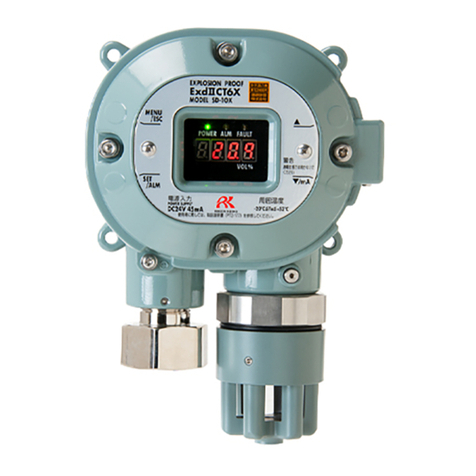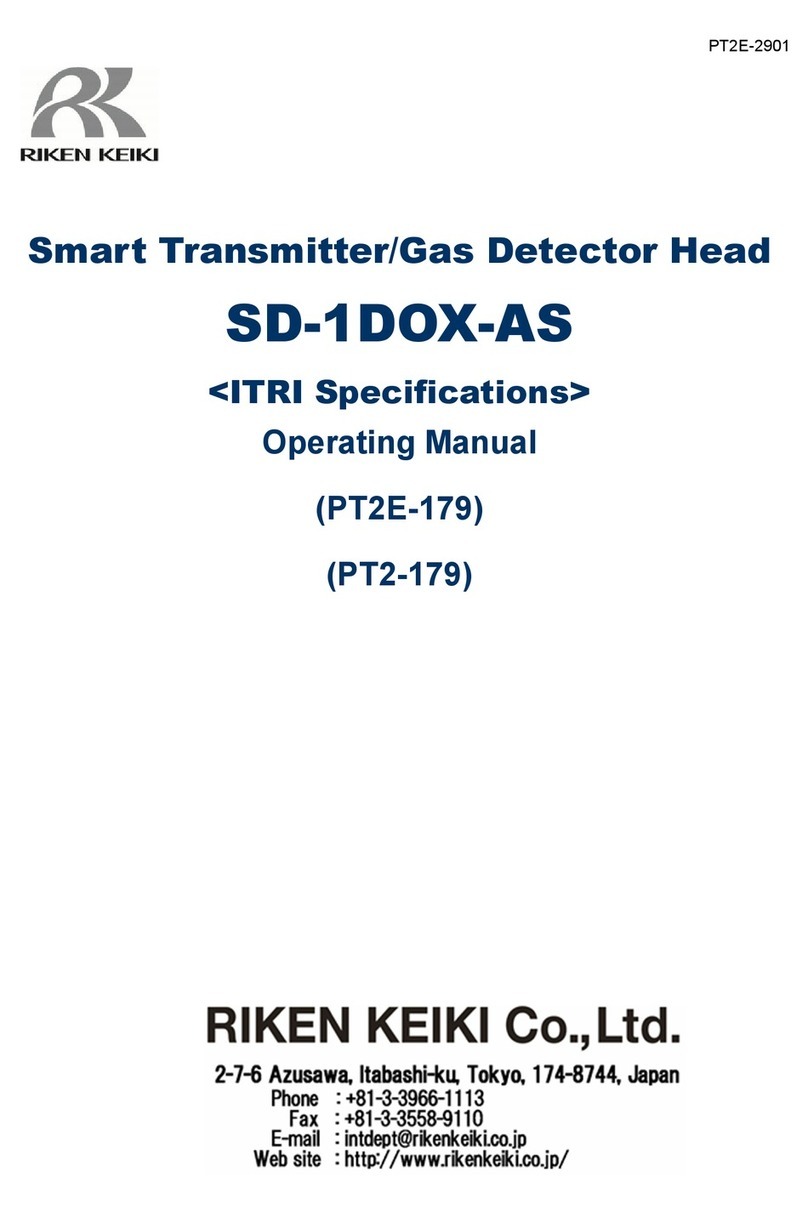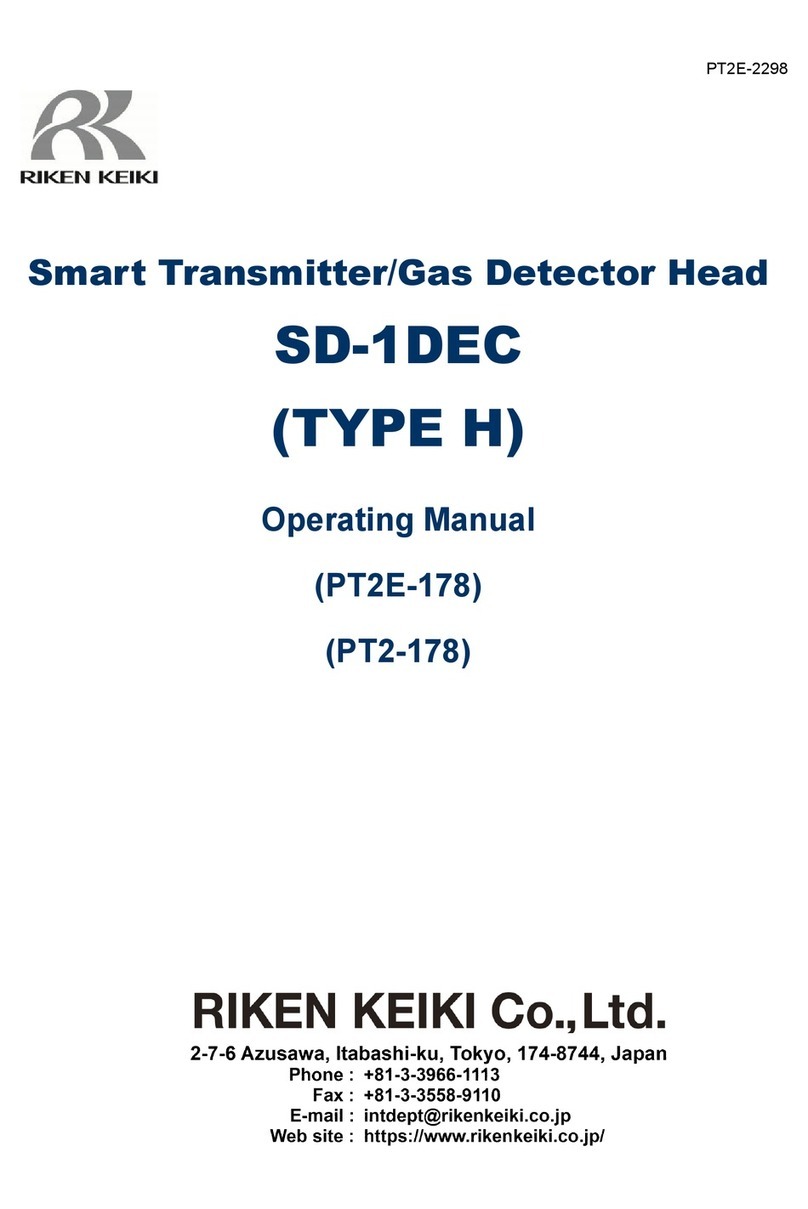
<Contents>
Outline of the Product............................................................................................................... 1
1-1. Preface..................................................................................................................................... 1
1-2. Purpose of use ......................................................................................................................... 1
1-3. Definition of DANGER, WARNING, CAUTION, and NOTE ...................................................... 2
1-4. Method of confirmation for Standards and Explosion proof specification ................................. 2
2. Important Notices on Safety..................................................................................................... 3
2-1. Danger cases ........................................................................................................................... 3
2-2. Warning cases.......................................................................................................................... 4
2-3. Precautions .............................................................................................................................. 5
2-4. Safety Information .................................................................................................................... 6
3. Product Components ............................................................................................................... 9
3-1. Main unit and standard accessories ......................................................................................... 9
3-2. Names and functions for each part........................................................................................... 11
3-3. Block diagram........................................................................................................................... 16
4. How to Use .............................................................................................................................. 18
4-1. Before using the detector head ................................................................................................ 18
4-2. Precautions for installation points............................................................................................. 18
4-3. Precautions for system designing............................................................................................. 19
4-4. How to install ............................................................................................................................ 22
4-5. How to wire .............................................................................................................................. 24
4-6. How to tube .............................................................................................................................. 33
5. How to Operate........................................................................................................................ 34
5-1. Preparation for start-up ............................................................................................................ 34
5-2. Basic operating procedures...................................................................................................... 35
5-3. How to start the detector head ................................................................................................. 36
5-4. Modes ...................................................................................................................................... 36
5-5. Maintenance mode (User)........................................................................................................ 38
5-6. How to exit ............................................................................................................................... 41
6. Operations and Functions........................................................................................................ 42
6-1. Gas alarm activation................................................................................................................. 42
6-2. Fault alarm activation ............................................................................................................... 43
6-3. Low Flow Rate Abnormal Operations ....................................................................................... 43
6-4. External output operation ......................................................................................................... 44
6-5. Other functions......................................................................................................................... 46
7. Maintenance ............................................................................................................................ 47
7-1. Maintenance intervals and items .............................................................................................. 47
7-2. Maintenance mode (Regular maintenance) ............................................................................. 49
7-3. Gas calibration method ............................................................................................................ 57
7-4. How to maintain flow sensor .................................................................................................... 64
7-5. Parts replacement .................................................................................................................... 65
8. Storage, Relocation and Disposal............................................................................................ 66
8-1. Procedures to store the detector head or leave it for a long time ............................................. 66
8-2. Procedures to relocate the detector head or use it again ......................................................... 66
8-3. Disposal of products................................................................................................................. 66
9. Troubleshooting ....................................................................................................................... 67
10. Product Specifications ............................................................................................................. 69
10-1. List of specifications ................................................................................................................. 69
10-2. Detection principle.................................................................................................................... 91
11. Definition of Terms ................................................................................................................... 93
1.































